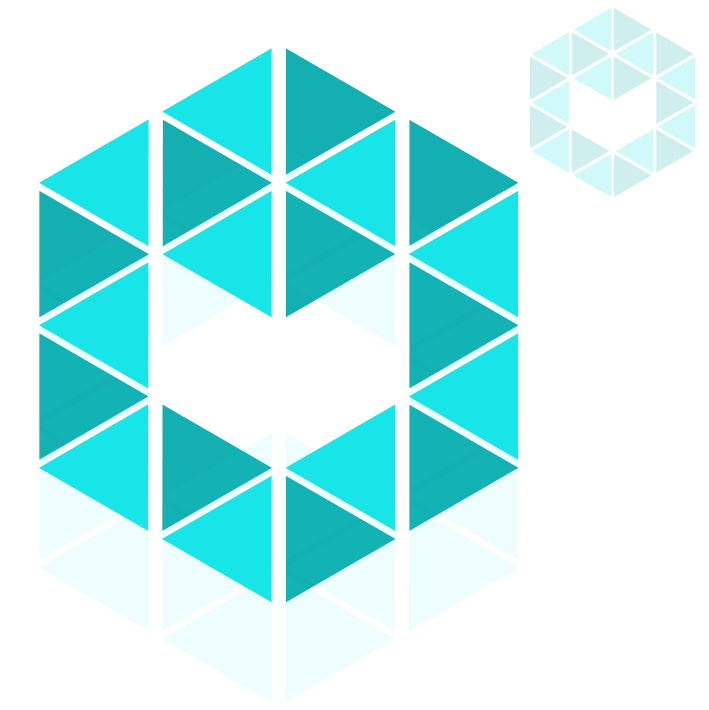nexT gEneRation sMart INterconnectEd ioT
The vision of TERMINET is to provide a novel next generation reference architecture based on cutting-edge technologies such as SDN, multiple-access edge computing, and virtualisation for next generation IoT, while introducing new, intelligent IoT devices for low-latency, market-oriented use cases.
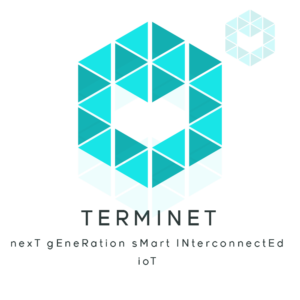
Use Cases
The following use cases and validation scenarios will be investigated

User-Centric Devices in Smart Farming

Pathway of Personalised Healthcare

Smart, Sustainable and Efficient Buildings

Prediction and Forecasting System for Optimising the Supply Chain in Dairy Products

Group Training Surgery Using VR-enabled IoT Technologies

Mixed Reality and ML Supported Maintenance and Fault Prediction of IoT-based Critical Infrastructure
Challenges

Introduce a novel NG-IoT reference model for enabling new, real-time capable solutions

Replace the current centralised cloud-computing solutions by cost-effective distributed edge solutions

Design, develop, and integrate novel, intelligent IoT devices to support new market-oriented use cases

Foster AR/VR contextual computing by demonstrating applicable results in realistic use cases by using cutting-edge IoT-enabled AR/VR applications
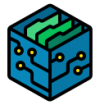
Enhance the industrial IoT world by utilising digital twins for performing predictive maintenance and supply chain optimisation

Reduce the complexity of the vast number of interconnected IoT devices, by increasing their interoperability.
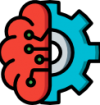
Apply distributed intelligence, by combining AI with the IoT towards converging physical and digital world

Apply a vertical security by design methodology by meeting the privacy-preserving and trust requirements of the NG-IoT architecture

Provide the necessary means of supporting tactile IoT capabilities for supporting new low latency, human-centric services
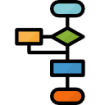
Provide novel disruptive business models, while fostering standardization activities for the IoT ecosystem
Objectives
Provide a flexible, open, and decentralised next generation IoT reference architecture for new real-time capable solutions by enabling secure and privacy-preserving IoT services, user-aware solutions, semi-autonomous devices, and self-aware mechanisms, frameworks, and schemes, supported by distributed AI and new intelligent IoT devices within a virtualised edge-platform-cloud environment.
Provide a set of innovative mechanisms and tools for moving AI to the edge by using cutting-edge ML technologies, avoiding data collection and offering decentralized analytics, privacy by design and data protection.
Enable emerging IoT security, privacy-preserving, and trust mechanisms and schemes by offering security by design and end-to-end security solutions based on leading technologies such as attestation modelling, distributed and decentralised blockchain, and enterprise-level privacy.
Deliver an SDN-enabled MEC environment as a key enabler for IoT and mission-critical, vertical solutions, able to enable industrial 5G use cases without a full 5G roll-out, while offering a set of innovative middleware tools and mechanisms for IoT orchestration, data collection and decentralized analytics that guarantees network security, data protection, identity management and resource integrity.
Design, implement, and integrate intelligent IoT devices supporting new generation IoT use cases, by fostering digital business development, while creating business opportunities of digitisation across multi-discipline ecosystems.
Provide a tactile IoT model as a collaborative paradigm, by adding human-centric perspective and sensing/actuating capabilities, while enabling humans and machines to interact with their environment in real-time using haptic interaction and AR/VR capabilities.
